Earth’s history is filled with countless mysteries that science alone cannot explain.
Among these is the fascinating story of ancient continents that vanished due to the shifting movements of the planet’s crust.
In this article, we delve into how tectonic activity might have led to the disappearance of these continents, exploring both scientific and historical perspectives.
The Background of Continental Disappearance: The Role of Plate Tectonics
The Earth’s crust is constantly in motion, altering the shape and arrangement of continents over time.
This dynamic process, known as plate tectonics, is believed to have played a significant role in the disappearance of ancient continents.
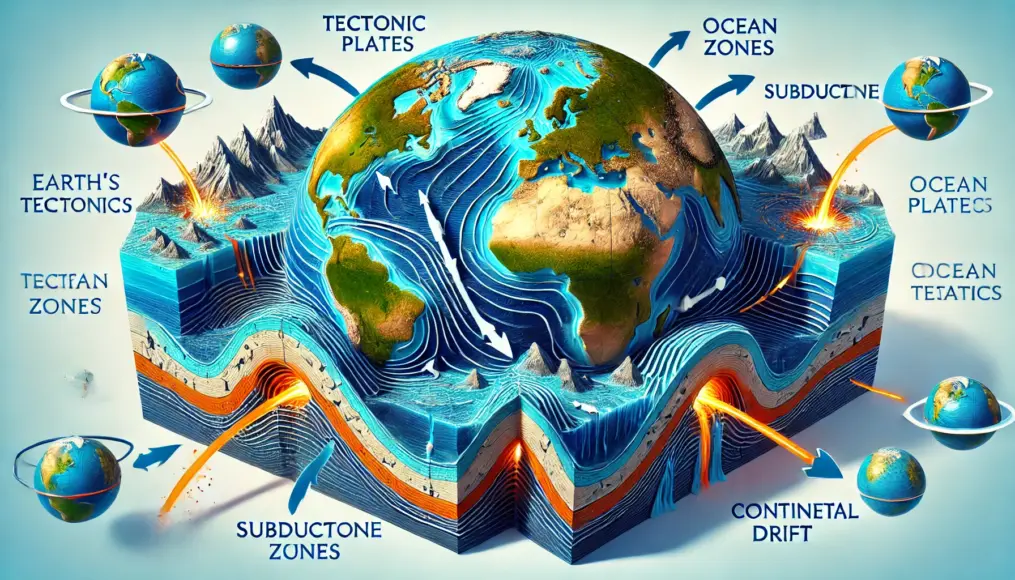
Examples of Ancient Continents: Mu and Atlantis
The legends of the lost continents of Mu and Atlantis have captivated people for generations.
Though there is no concrete evidence of their existence, these mythical lands hold a significant place in folklore and legend.

The Legend of Mu
The continent of Mu is said to have existed in the Pacific Ocean, enveloped in mystery and myth.
Its disappearance is often attributed to tectonic shifts or volcanic activity.
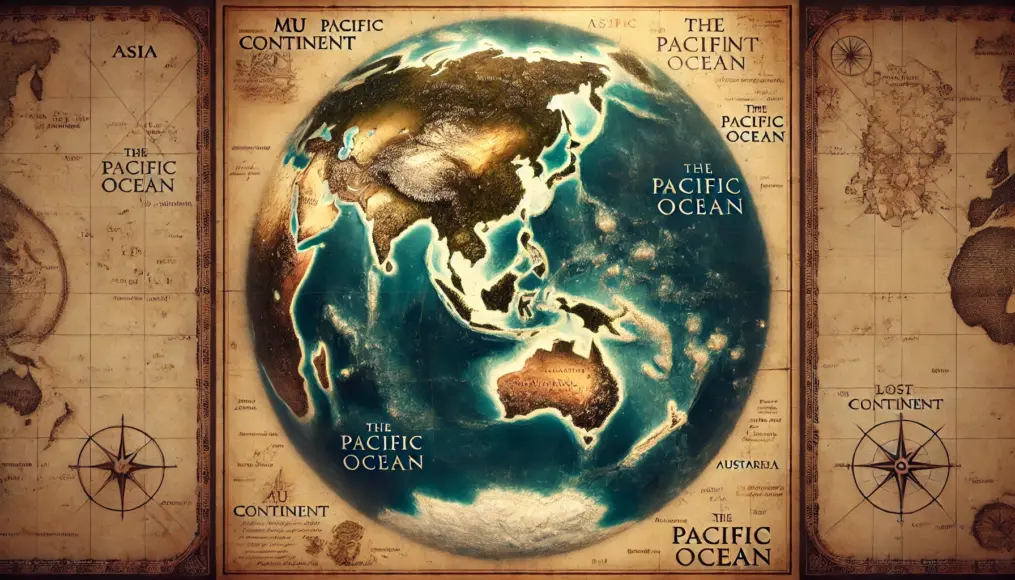
The Mystery of Atlantis
Atlantis, mentioned in the works of Plato, is a legendary civilization that reportedly disappeared due to tectonic shifts.
Researchers continue to investigate the possibility of its existence.

The Mechanism of Tectonic Shifts
The primary mechanisms behind tectonic shifts include plate collisions, separations, and subductions.
These processes can cause continents to sink beneath the ocean or lead to the formation of new landforms.

Scientific Evidence and Research
The disappearance of continents due to tectonic shifts is supported by geological evidence.
For instance, analyses of underwater terrain have revealed traces of ancient landmasses.

Evidence and Possibilities of Lost Continents
Evidence supporting the existence of vanished continents has been uncovered across various parts of the world.

Discoveries Beneath the Ocean
Remnants of what were once continents have been found on the ocean floor.
These discoveries strengthen the hypothesis that lost continents once existed.
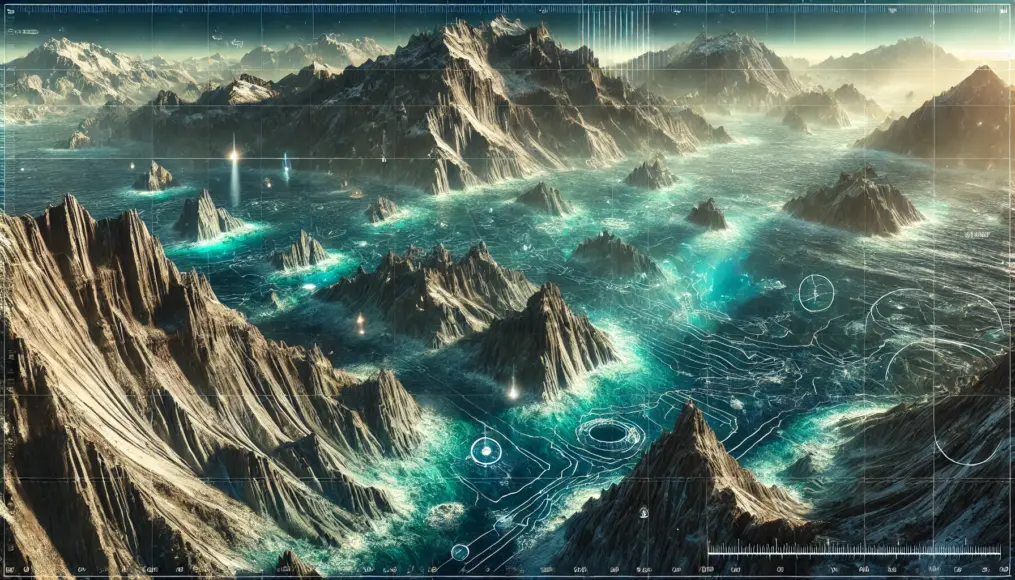
Zealandia
Located near New Zealand, Zealandia is an example of a submerged continent.
Geologists have uncovered evidence that this landmass was once above sea level.
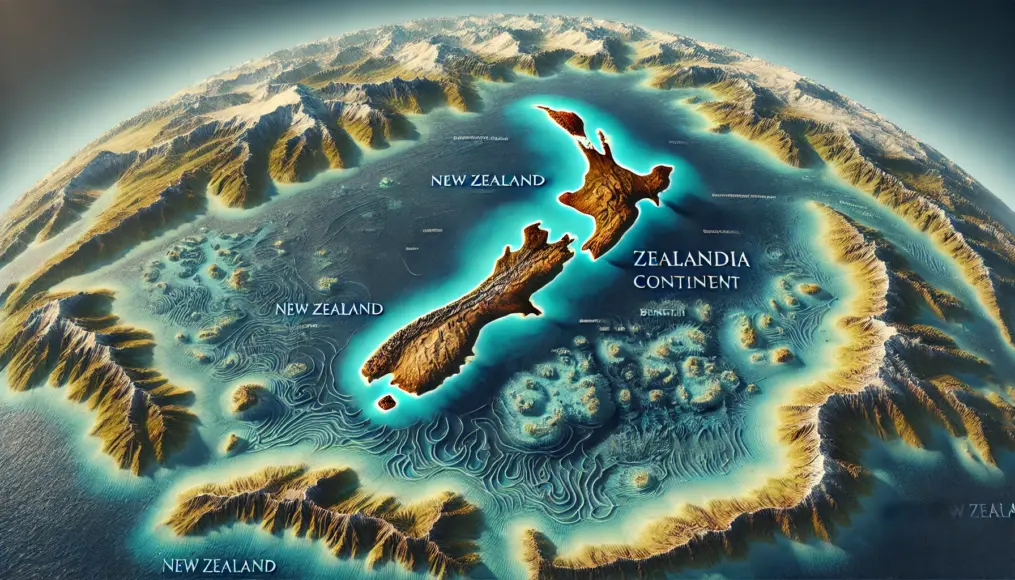
Between Madagascar and Mauritius
Traces of an ancient continent have been identified on the seabed between Madagascar and Mauritius in the Indian Ocean.
This is a prime example of significant geological changes brought on by tectonic activity.

Impact on Human History
Lost continents may have influenced the origins and migrations of ancient civilizations.
This impact, in turn, shaped the geography and cultures we recognize today.

Connections to Cultural Myths
Many myths and legends reflect actual geological events.
For instance, flood myths and tales of sinking lands are often linked to real geological changes.

The Intersection of Science and Mystery in Continental Disappearance
The fusion of scientific research and mythical storytelling makes the mystery of lost continents even more compelling.

Unsolved Mysteries and Future Research
The disappearance of continents due to tectonic activity remains shrouded in unanswered questions.
Solving these mysteries requires continued scientific exploration.

Advances in Exploration Technology
Improved seabed exploration and geological analysis techniques are enhancing our ability to investigate lost continents.

The Allure of Urban Legends
Lost continents captivate imaginations not just scientifically but also through their role in urban legends.

Conclusion: The Ongoing Challenge of Exploring Lost Continents
The mystery of lost continents, driven by Earth’s tectonic activity, sits at the crossroads of science and imagination.
By unraveling these mysteries, we can deepen our understanding of Earth’s history and envision its future.
What are your thoughts on this fascinating topic? Share your opinions in the comments below!

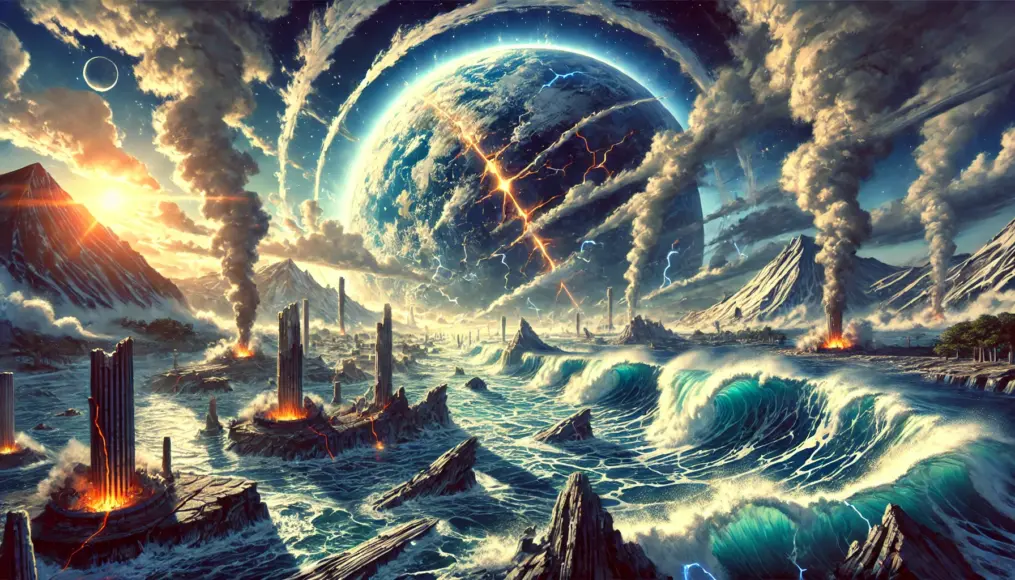


Comment